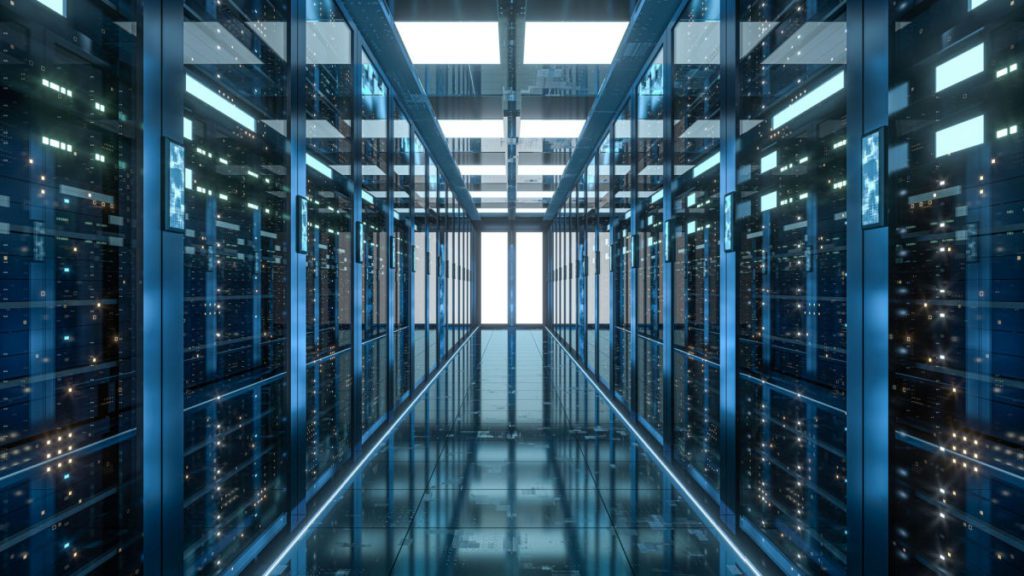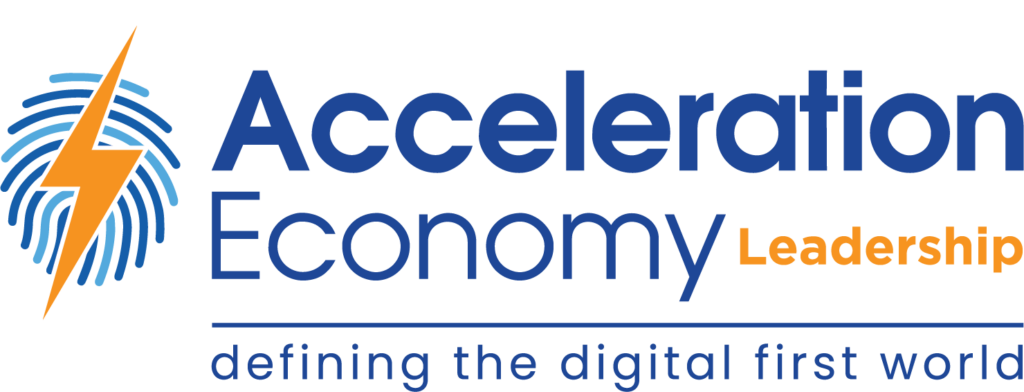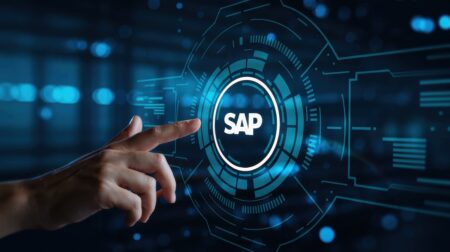Over my decades as a CIO and consultant, I’ve learned a secret. The entire huge, complex, expensive undertaking called information technology (IT) (or “DP” back in the day) exists for one purpose: turning messy, expensive data into valuable information to drive actions and guide decisions. This was true when punch cards were “cool tools,” and it’s still true today.
Unfortunately, many organizations still cling to the data strategy and tools they adopted decades ago, leaving them at a competitive disadvantage. Today’s transformative cloud tools and vendors can help organizations move at acceleration economy speed, as you’ll see when we consider the three parts of a modern data strategy.
Identifying and Acquiring the Data That Matters
Traditionally, data was captured as an afterthought to manual processes. Paper drove processes, and data was extracted and entered later for compilation into periodic, backward-looking reports (weekly payroll, EOM Inventory, etc.) called “Systems of Record.”
In the acceleration economy, data should start digital, captured as part of every process. Do I have to say that paper is a bad idea? Websites and mobile apps are obvious data-capture devices, but what’s increasingly essential is the Internet of Things (IoT) data collection. Instrument your production machinery, your internal logistics chains, and even your products themselves. Work with your suppliers and channels to get their IoT data related to your business.
IoT data has many uses:
- Increasing productivity by reducing waste
- Reducing supply chain costs through real-time decision-making
- Capturing Scope 1/2/3 emissions data for Environmental, Social, and Governance (ESG) reporting
- Creating profitable data-based products and services
As storage and networking costs decline, business executives should push to collect more data sooner. It’s cheaper and more accurate to get data during an interaction than as an afterthought.
IT pros should look at tools such as robotic process automation (RPA) and low-code/process orchestration along with modern database vendors with data acquisition strengths such as Couchbase and Redis.
Maintaining a Modern Data Stewardship Strategy
Collecting lots of data, especially real-time data, can strain traditional IT infrastructures that were designed for Systems of Record. The good news is that modern cloud infrastructures are designed for security, scalability, and speed.
When you consider a modern data stewardship strategy, here are a few things to include.
Firstly, data should be encrypted from the moment you capture it and stay encrypted — at rest and in motion — from that point on. Decrypt what you need when you need it. (Fully homomorphic encryption, which allows data to be used without being decrypted, may avoid the need for ever decrypting data.) It’s also essential to be careful about defining “what you need” and limiting access based on the idea of “least privilege.” It’s called “Zero Trust” access.
It’s also important to consider data privacy and other compliance requirements: the Health Insurance Portability and Accountability Act (HIPAA) and Personally Identifiable Information (PII) are familiar to most executives, but there are many other governmental units (national, state) and industry (finance, healthcare) regulations governing privacy and compliance that must be followed.
Most modern database vendors — from giants like Oracle and Microsoft to newcomers like Cockroach Labs — provide security, compliance, and privacy tools that allow IT to configure business rules that satisfy your legal, compliance, and audit professionals without much, if any, programming. If your organization licensed an Industry Cloud ERP/EHR/CRM suite from one of the Cloud Wars Top 10, much of the compliance and regulatory framework is already provided by the vendor.
(An important point: Vendors just provide tools — it’s up to your organization to understand and comply with laws and regulations and to develop and maintain a sound risk-management policy that drives IT decisions.)
Security and compliance keep your organization safe, but making it easy for authorized users to access data unlocks its value. The old way to manage databases was to separate transactional data (database) from analytical data (data warehouse). Modern cloud database vendors use various techniques to merge a database’s performance with the power of a warehouse into what’s often called a “data lakehouse.”
A caution to the CFO: Many larger organizations use multiple cloud vendors (multi-cloud) and connect on-premise IT with clouds (hybrid cloud). There may be sound business or technical justifications for hybrid and multi-cloud, but moving data into (ingress) or out of (egress) a cloud can incur significant costs! Some cloud vendors offer a level of multi-cloud integration I call “melded cloud” that speeds access and saves money moving data across clouds.
Extracting the Value of Costly Data for Decision-Making
You’ve got great data. You’re keeping it safe and making it accessible. Now, how do you create value from that expense? Here are three modern ways:
- Self-service business intelligence tools allow end-users to access and format data to suit their needs and the needs of their teams. Major cloud vendors bundle these tools with their Software-as-a-Service (SaaS) products. Cloud database vendors integrate them with their databases.
- Citizen Developers use low-code tools to create data-driven workflows through full-blown websites, applications, and chatbots without needing IT “pro-developer” help. Modern tools allow business users to develop solutions without exacerbating the serious “Shadow IT” problem.
- Artificial Intelligence/Machine Learning (AI/ML) helps data consumers more easily spot patterns in their data. Cloud SaaS and database vendors provide integrated tools that speed the adoption of ever-more-powerful tools.
Final Thoughts
Legacy (as opposed to “cloud native”) organizations have decades of data; that’s an asset! But if they are stuck with legacy tools to acquire, steward, and monetize that data, they may in reality have a “stranded asset” that’s costing, rather than making, money. In the acceleration economy, information is power. So get modernizing to unleash the power of your data!
Join us on October 27, 2022 for Acceleration Economy’s Data Modernization Digital Battleground, a digital event in which four leading cloud vendors answer questions on key considerations for updating data strategies and technology. Register for free here.
Want more tech insights for the top execs? Visit the Leadership channel:











